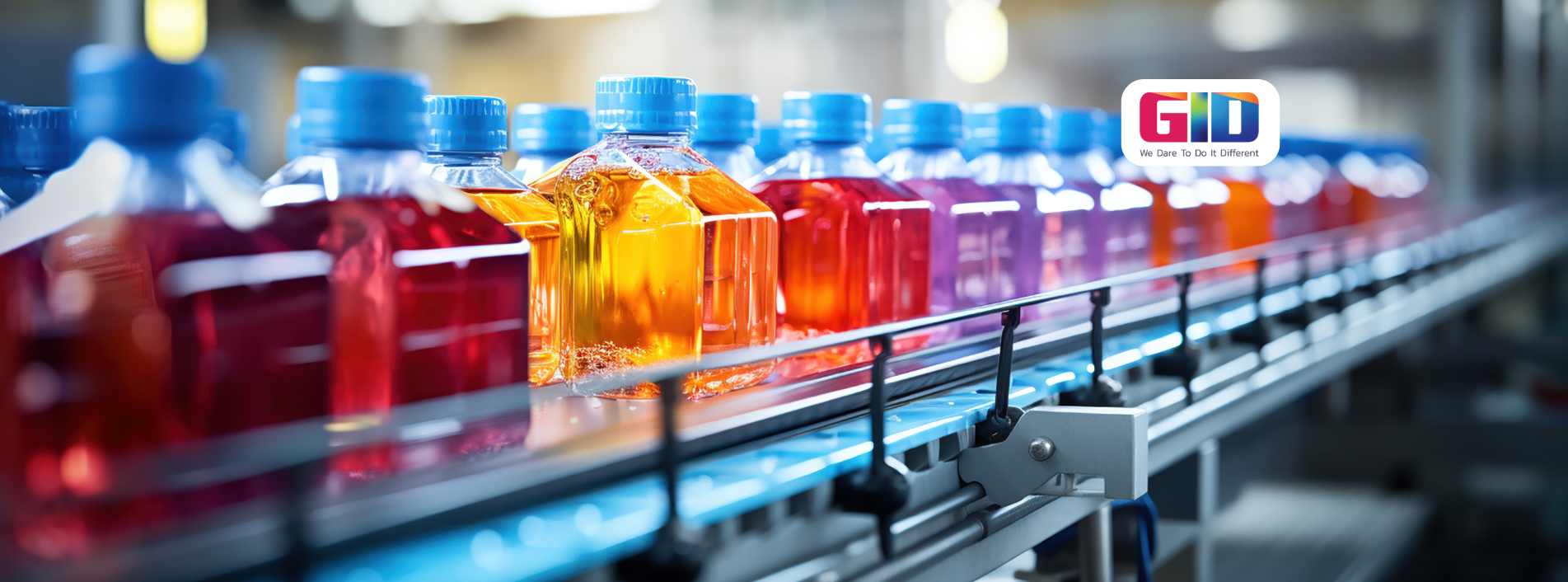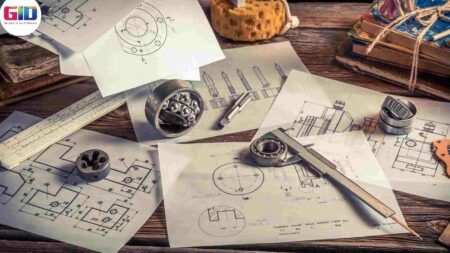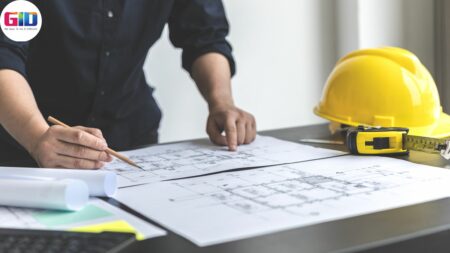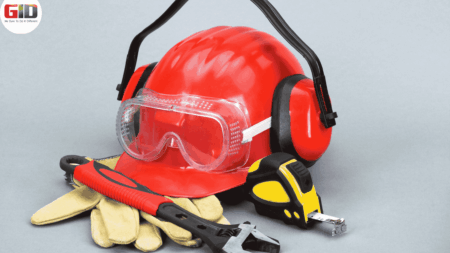For every plastic product manufacturer, plastic injection molding is the most reliable method of manufacturing new plastic products, maintaining 100% accuracy. When professionals at a product development company apply their knowledge with years of experience in high-quality injection molding services and processes, an entrepreneur ends up with the best quality products that continue to move forward the advancements in this internationally crucial backbone industry.
What is the Plastic Injection Molding Process?
In the field of plastic product manufacturing, plastic injection molding is considered the simplest product manufacturing process, and that’s the reason why, we will probably find hundreds of injection molded parts in our surroundings. The process of injection molding starts with plastic pellets that are made from a mixture of inorganic and organic polymers, along with additives to boost the melting process. These tiny pellets are mixed into a hopper already having hundreds of other pellet particles. This first step commences the journey of making products from a pellet, followed by the next step, which is the preparation of plastic.
The pellets are then introduced onto the threads of a huge rotating screw, where they are continuously heated to melting temperatures, approximately around 400 degrees Fahrenheit. Simultaneously, the pellets are kept rolling, as the process also requires force and friction. The giant rotating screw is designed to offer both force and friction. The pellets inside the giant rotating screw move along its circumference and smash into each other. The only point to remember is that the higher quality plastic comparatively requires a higher temperature to melt.
Now, as all the necessities are fulfilled, i.e. heat, force, and friction, the pellet starts to melt and the subsequent process of filling begins. At the same time, the screw constantly directs the molten plastic alongside its threads toward a valve. Maintaining extremely high pressure, the valve emits the liquid plastic into a metal mold, prepared from the best quality metal having optimum heat resistance, until every cavity inside the mold is filled. After this step, a mold enters the next phase of product development, i.e. the Holding Phase. The filling and holding are the two most crucial phases in the plastic injection molding process because the quality of the product depends upon the execution of these processes.
The Next Step
Once the molten plastic is ejected into the mold, the pressure on the mold as well as liquid plastic is preserved until the liquid plastic condenses to a desired solid state. This step may take a few minutes because the metal mold expels the heat from the liquid plastic, and in sequence is cooled by cooling agents in its outer surroundings. By the time the part is condensed, the screw regains its initial position, gathering the next batch of pellets from the hopper. After being condensed, the newly manufactured product is then casted-out from the mold and processed for secondary processes like decoration, subassembly, or delivery.
Advantages of the Plastic Injection Molding
When compared to other manufacturing processes, plastic injection molding delivers more advantages, and they are as follows:
- Allows easy development of intricate and complex shapes.
- Allows rapid manufacturing of custom products compared to other plastic manufacturing procedures.
- The molds made from high-quality metal have a long life; therefore, when there is a demand for the same product in the future, the mold is ready for product development.
- You can offer the color of your choice
- Low labor cost, means low overall manufacturing cost.
- Low environmental waste.
Plastic injection molding is one of the most versatile product manufacturing processes that allow manufacturers to develop custom plastic products and components of different shapes and colors. Additionally, it also saves money and time for a plastic product manufacturer by allowing the production of a high number of identical products at the same time. For more information, please contact GID Company at 714-323-1052.
GID Company is a renowned plastic product manufacturer that employs plastic injection molding methods for manufacturing custom plastic products. Since its inception, our teams of product designers, product engineers, project managers, and marketing experts have offered satisfactory product development solutions to thousands of clients across the USA. To browse our new product design and development portfolio, please visit https://www.gidcompany.com/our-portfolio/. Join forces with GID Company and harness the power of green innovation to create products that resonate with today’s eco-conscious market. Contact us today to start your journey towards sustainable product design in Sacramento. You can like our Facebook page and follow us on X as well.

















